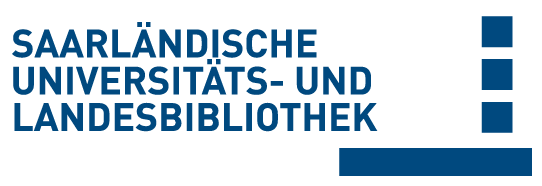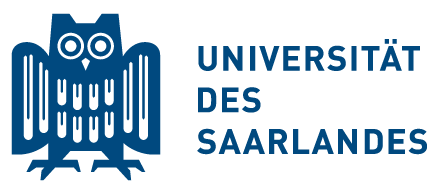Bitte benutzen Sie diese Referenz, um auf diese Ressource zu verweisen:
doi:10.22028/D291-38580 | Titel: | Co-transplantation of pancreatic islets and microvascular fragments effectively restores normoglycemia in diabetic mice |
| VerfasserIn: | Wrublewsky, Selina Weinzierl, Andrea Hornung, Isabelle Prates-Roma, Leticia Menger, Michael D. Laschke, Matthias W. Ampofo, Emmanuel |
| Sprache: | Englisch |
| Titel: | NPJ Regenerative Medicine |
| Bandnummer: | 7 |
| Heft: | 1 |
| Verlag/Plattform: | Springer Nature |
| Erscheinungsjahr: | 2022 |
| Freie Schlagwörter: | Tissue engineering Type 1 diabetes |
| DDC-Sachgruppe: | 610 Medizin, Gesundheit |
| Dokumenttyp: | Journalartikel / Zeitschriftenartikel |
| Abstract: | Insufficient revascularization of pancreatic islets is one of the major obstacles impairing the success of islet transplantation. To overcome this problem, we introduce in the present study a straightforward strategy to accelerate the engraftment of isolated islets. For this purpose, we co-transplanted 250 islets and 20,000 adipose tissue-derived microvascular fragments (MVF) from donor mice under the kidney capsule as well as 500 or 1000 islets with 40,000 MVF into the subcutaneous space of diabetic mice. We found that the co-transplantation of islets and MVF markedly accelerates the restoration of normoglycemia in diabetic recipients compared with the transplantation of islets alone. In fact, the transplantation of 250 islets with 20,000 MVF under the kidney capsule reversed diabetes in 88% of mice and the subcutaneous transplantation of 500 or 1000 islets with 40,000 MVF restored normoglycemia in 100% of mice. Moreover, diabetic mice receiving islets and MVF exhibited plasma insulin levels similar to nondiabetic control animals. Additional immunohistochemical analyses of the grafts revealed a significantly higher number of islet cells and microvessels in the co-transplantation groups. These findings demonstrate that the co-transplantation of islets and MVF is a promising strategy to improve the success rates of islet transplantation, which could be easily implemented into future clinical practice. |
| DOI der Erstveröffentlichung: | 10.1038/s41536-022-00262-3 |
| URL der Erstveröffentlichung: | https://www.nature.com/articles/s41536-022-00262-3 |
| Link zu diesem Datensatz: | urn:nbn:de:bsz:291--ds-385803 hdl:20.500.11880/34766 http://dx.doi.org/10.22028/D291-38580 |
| ISSN: | 2057-3995 |
| Datum des Eintrags: | 14-Dez-2022 |
| Bezeichnung des in Beziehung stehenden Objekts: | Supplementary information |
| In Beziehung stehendes Objekt: | https://static-content.springer.com/esm/art%3A10.1038%2Fs41536-022-00262-3/MediaObjects/41536_2022_262_MOESM1_ESM.pdf |
| Fakultät: | M - Medizinische Fakultät |
| Fachrichtung: | M - Biophysik M - Chirurgie |
| Professur: | M - Prof. Dr. Michael D. Menger M - Jun.-Prof. Dr. Leticia Prates Roma |
| Sammlung: | SciDok - Der Wissenschaftsserver der Universität des Saarlandes |
Dateien zu diesem Datensatz:
| Datei | Beschreibung | Größe | Format | |
|---|---|---|---|---|
| s41536-022-00262-3.pdf | 5,11 MB | Adobe PDF | Öffnen/Anzeigen |
Diese Ressource wurde unter folgender Copyright-Bestimmung veröffentlicht: Lizenz von Creative Commons


